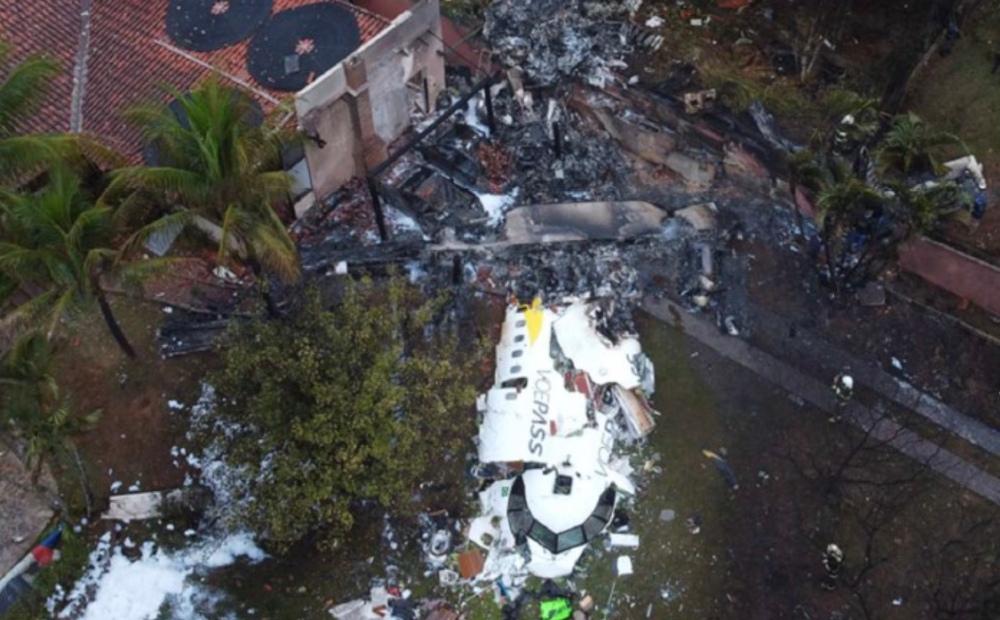Voepass Crash Probe Spotlights De-icing System, Flight Crew Procedures

Credit: CENIPA
Investigators probing the Aug. 9 fatal accident of a Voepass Linhas Aéreas ATR 72-500 are scrutinizing whether a de-icing system malfunctioned and how the flight crew reacted in response to the issue and increasingly dangerous icing conditions, a preliminary report suggests. The crew of Voepass...
Voepass Crash Probe Spotlights De-icing System, Flight Crew Procedures is part of Aviation Week Network's complimentary online access.
Register now to view this content, plus receive complimentary access to insights from our experts in the global aerospace, air transport, mro, defense and space and business aviation communities.
Already registered to Aviationweek.com or AWIN? Log in with your existing email and password.





